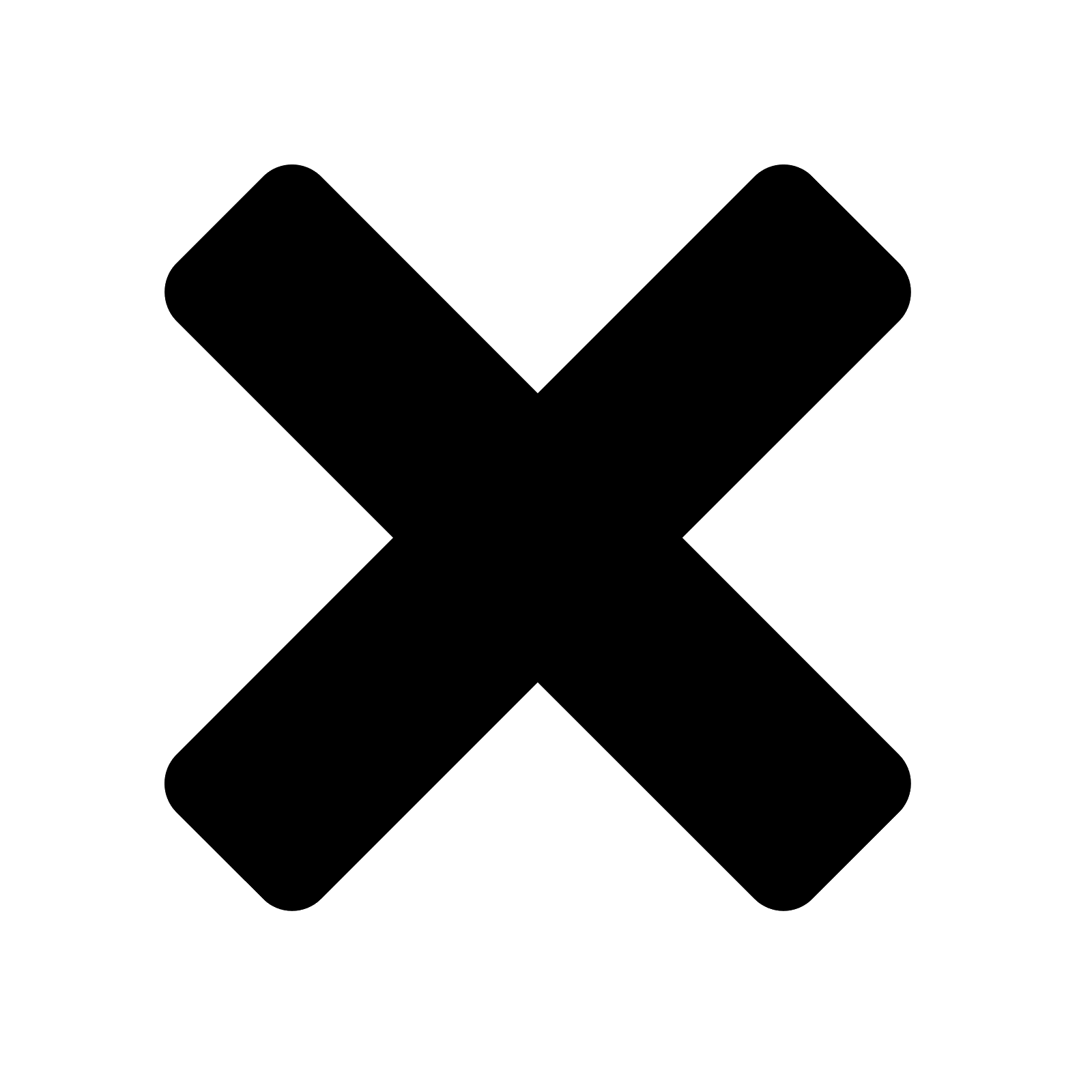

Book a Demo
Thank you! Your submission has been received!
Oops! Something went wrong while submitting the form.

SaaS businesses face increasing scrutiny over security practices and regulatory compliance in our increasingly digital-centric world. With data breaches, cyber threats, and privacy violations on the rise, adhering to compliance standards like SOC 2, ISO 27001, and GDPR is no longer optional—it’s a necessity.
These compliance frameworks establish best security practices, helping SaaS companies protect customer data, mitigate risks, and build stakeholder trust. However, achieving and maintaining compliance can be complex, requiring robust security measures, continuous monitoring, and automation tools.
This guide explores the significance of SaaS security compliance, the key challenges businesses face, and the best tools available to streamline SOC 2, ISO, and GDPR compliance in 2025.
The Cost of Non-Compliance
Failure to meet security and privacy standards can result in:
How Compliance Benefits SaaS Companies?
Compliance with SOC 2, ISO 27001, and GDPR enhances:
1. Managing Third-Party Risk & Vendor Compliance
2. Ensuring Continuous Monitoring & Audit Readiness
3. Automating Compliance Workflows & Reporting
4. Protecting Customer Data in Multi-Cloud SaaS Environments
Step 1: Conduct a Security & Compliance Gap Assessment
Step 2: Implement Data Protection & Access Controls
Step 3: Automate Compliance Tracking & Evidence Collection
Step 4: Maintain Continuous Security Monitoring & Risk Assessments
Step 5: Prepare for Audits & Regulatory Reporting
Businesses can leverage advanced security and compliance tools to simplify SaaS SOC 2, SaaS ISO, and SaaS GDPR compliance. Below are some of the top tools:
Overview: Scrut Automation provides continuous cloud compliance monitoring, helping organizations automate compliance management and gain actionable insights.
Pros:
Cons:
User Ratings:
Screenshot:

Overview: Drata simplifies SOC 2 and GDPR compliance with real-time security visibility, vendor risk management, and customizable control libraries.
Pros:
Cons:
User Ratings:
Screenshot:

Overview: Vanta automates security compliance, helping businesses stay audit-ready with continuous risk monitoring and evidence collection.
Pros:
Cons:
User Ratings:
Screenshot:

Overview: Secureframe enables automated compliance monitoring for SOC 2, ISO 27001, and GDPR with seamless integrations.
Pros:
Cons:
User Ratings:
Screenshot:

Overview: OneTrust offers privacy, security, and compliance solutions, helping businesses manage risk and data protection with robust automation.
Pros:
Cons:
User Ratings:
Screenshot:

What to Look for in a SaaS Compliance Tool:
Emerging Trends in SaaS Compliance
SaaS security compliance is no longer just about meeting regulations—it’s about ensuring long-term security, customer trust, and business resilience. By proactively addressing compliance challenges, implementing a structured security framework, and leveraging automation tools, SaaS companies can efficiently navigate SOC 2, ISO 27001, and GDPR compliance.
🔹 Get a complimentary compliance audit today or book a demo to see how CloudNuro can help your organization streamline security compliance for SaaS applications.
Request a no cost, no obligation free assessment —just 15 minutes to savings!
Get StartedSaaS businesses face increasing scrutiny over security practices and regulatory compliance in our increasingly digital-centric world. With data breaches, cyber threats, and privacy violations on the rise, adhering to compliance standards like SOC 2, ISO 27001, and GDPR is no longer optional—it’s a necessity.
These compliance frameworks establish best security practices, helping SaaS companies protect customer data, mitigate risks, and build stakeholder trust. However, achieving and maintaining compliance can be complex, requiring robust security measures, continuous monitoring, and automation tools.
This guide explores the significance of SaaS security compliance, the key challenges businesses face, and the best tools available to streamline SOC 2, ISO, and GDPR compliance in 2025.
The Cost of Non-Compliance
Failure to meet security and privacy standards can result in:
How Compliance Benefits SaaS Companies?
Compliance with SOC 2, ISO 27001, and GDPR enhances:
1. Managing Third-Party Risk & Vendor Compliance
2. Ensuring Continuous Monitoring & Audit Readiness
3. Automating Compliance Workflows & Reporting
4. Protecting Customer Data in Multi-Cloud SaaS Environments
Step 1: Conduct a Security & Compliance Gap Assessment
Step 2: Implement Data Protection & Access Controls
Step 3: Automate Compliance Tracking & Evidence Collection
Step 4: Maintain Continuous Security Monitoring & Risk Assessments
Step 5: Prepare for Audits & Regulatory Reporting
Businesses can leverage advanced security and compliance tools to simplify SaaS SOC 2, SaaS ISO, and SaaS GDPR compliance. Below are some of the top tools:
Overview: Scrut Automation provides continuous cloud compliance monitoring, helping organizations automate compliance management and gain actionable insights.
Pros:
Cons:
User Ratings:
Screenshot:

Overview: Drata simplifies SOC 2 and GDPR compliance with real-time security visibility, vendor risk management, and customizable control libraries.
Pros:
Cons:
User Ratings:
Screenshot:

Overview: Vanta automates security compliance, helping businesses stay audit-ready with continuous risk monitoring and evidence collection.
Pros:
Cons:
User Ratings:
Screenshot:

Overview: Secureframe enables automated compliance monitoring for SOC 2, ISO 27001, and GDPR with seamless integrations.
Pros:
Cons:
User Ratings:
Screenshot:

Overview: OneTrust offers privacy, security, and compliance solutions, helping businesses manage risk and data protection with robust automation.
Pros:
Cons:
User Ratings:
Screenshot:

What to Look for in a SaaS Compliance Tool:
Emerging Trends in SaaS Compliance
SaaS security compliance is no longer just about meeting regulations—it’s about ensuring long-term security, customer trust, and business resilience. By proactively addressing compliance challenges, implementing a structured security framework, and leveraging automation tools, SaaS companies can efficiently navigate SOC 2, ISO 27001, and GDPR compliance.
🔹 Get a complimentary compliance audit today or book a demo to see how CloudNuro can help your organization streamline security compliance for SaaS applications.
Request a no cost, no obligation free assessment —just 15 minutes to savings!
Get Started

Recognized Leader in SaaS Management Platforms by Info-Tech SoftwareReviews
